Poultry Signals: A Practical Guide for Bird Focused Poultry Farming
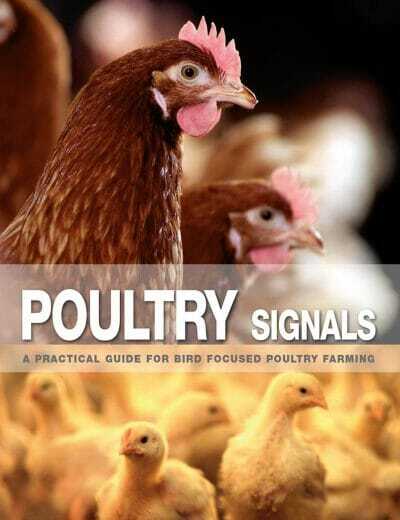
By Monique Bestman, Jos Heijmans, Koos van Middelkoop and Marko Ruis
Poultry Signals: A Practical Guide for Bird Focused Poultry Farming PDF. ‘The equipment in the house is just a small part of keeping chickens. You are a far more important factor than you think.’
Not all poultry farmers maximise the full potential of their birds. This applies equally to laying hen farmers and broiler farmers. For a good performance during the production period, the house has to be equipped and managed correctly and efficiently.
But how do you know that what you are doing is right? Your chickens continuously send out signals: about their health, how well they know their way around their surroundings and whether they feel happy and comfortable.
Do you recognise the signals your chickens are giving? And do you know what to do if, for example, there are too many floor-laid eggs or if the chicks are spilling too much feed? Do you know the difference between abnormal, runny droppings and healthy caecal droppings? And how do you recognise thirsty chickens when the flock has just been set up?
If you recognise the signs that point to potential problems, then make sure you are armed with information to take the appropriate steps to get your flock back on track. And the things you should take into account if switching from caged to free ranging birds. A lot can be achieved using ventilation, lighting and different routines. But to do so, you must know all the ins and outs of your own farm and be able to asses the impact these changes will have on your animals.
Poultry Signals® is a practical guide that shows you how to pick up the signals given by your animals at an early stage, how to interpret them and which action to take.
This Book is Available For Premium Members Only

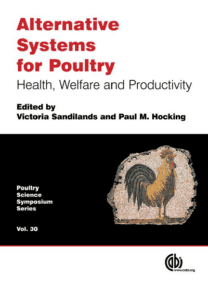
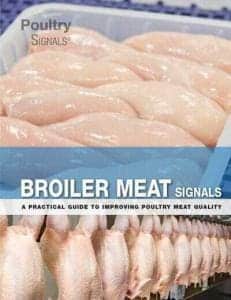
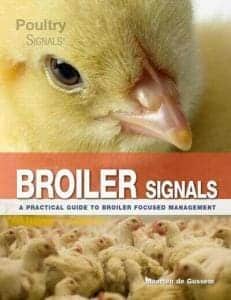



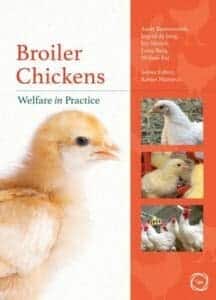
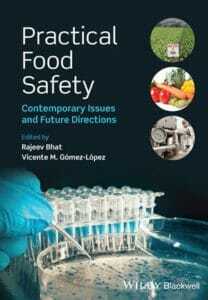




![Ettinger’s Textbook of Veterinary Internal Medicine 9th Edition [PDF+Videos] Ettinger’s Textbook of Veterinary Internal Medicine 9th Edition [True PDF+Videos]](https://www.vet-ebooks.com/wp-content/uploads/2024/10/ettingers-textbook-of-veterinary-internal-medicine-9th-edition-100x70.jpg)

![Textbook of Veterinary Diagnostic Radiology 8th Edition [PDF+Videos+Quizzes] Thrall’s Textbook of Veterinary Diagnostic Radiology, 8th edition PDF](https://www.vet-ebooks.com/wp-content/uploads/2019/09/textbook-of-veterinary-diagnostic-radiology-8th-edition-100x70.jpg)






